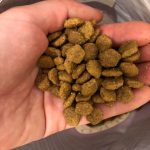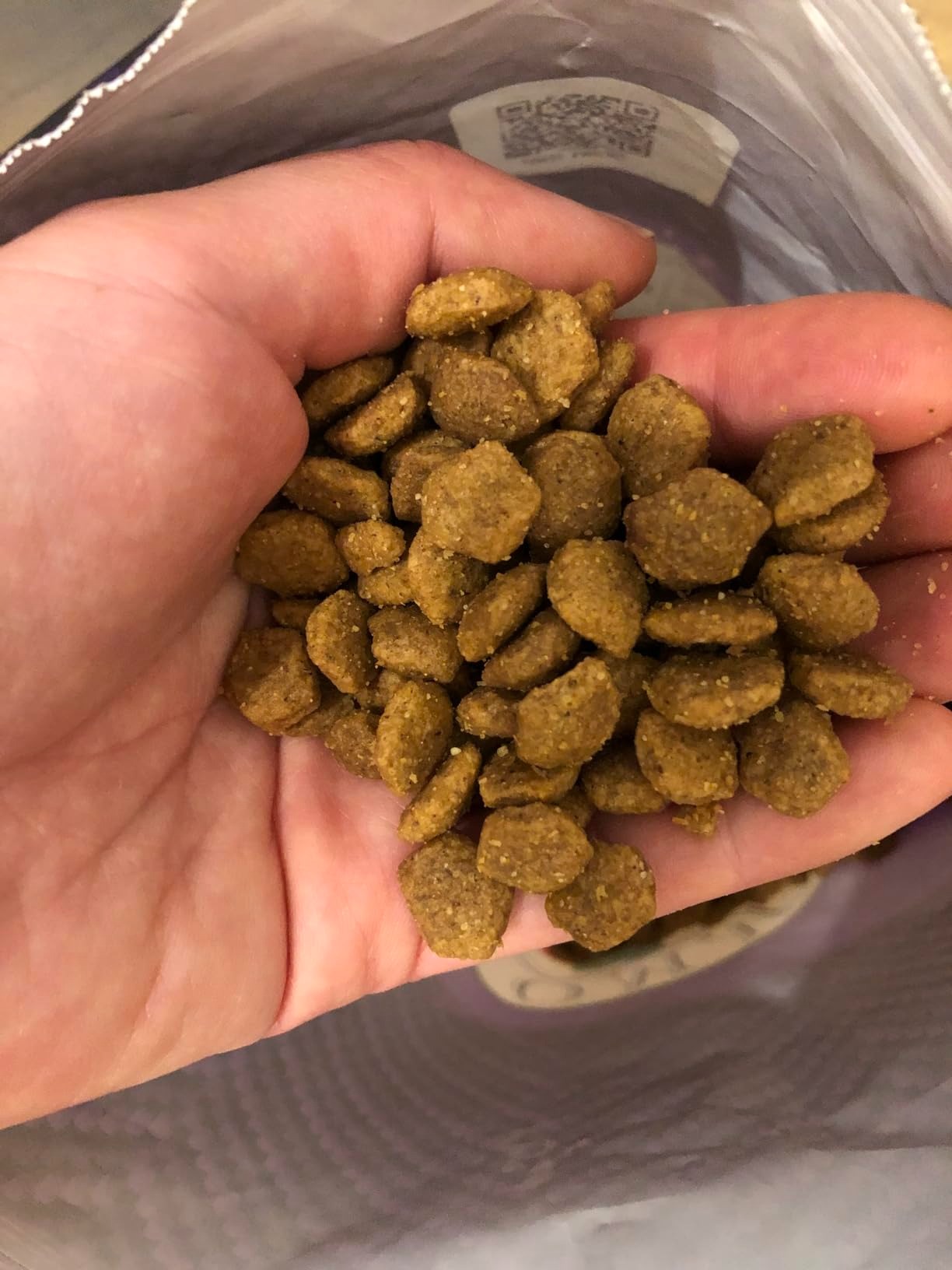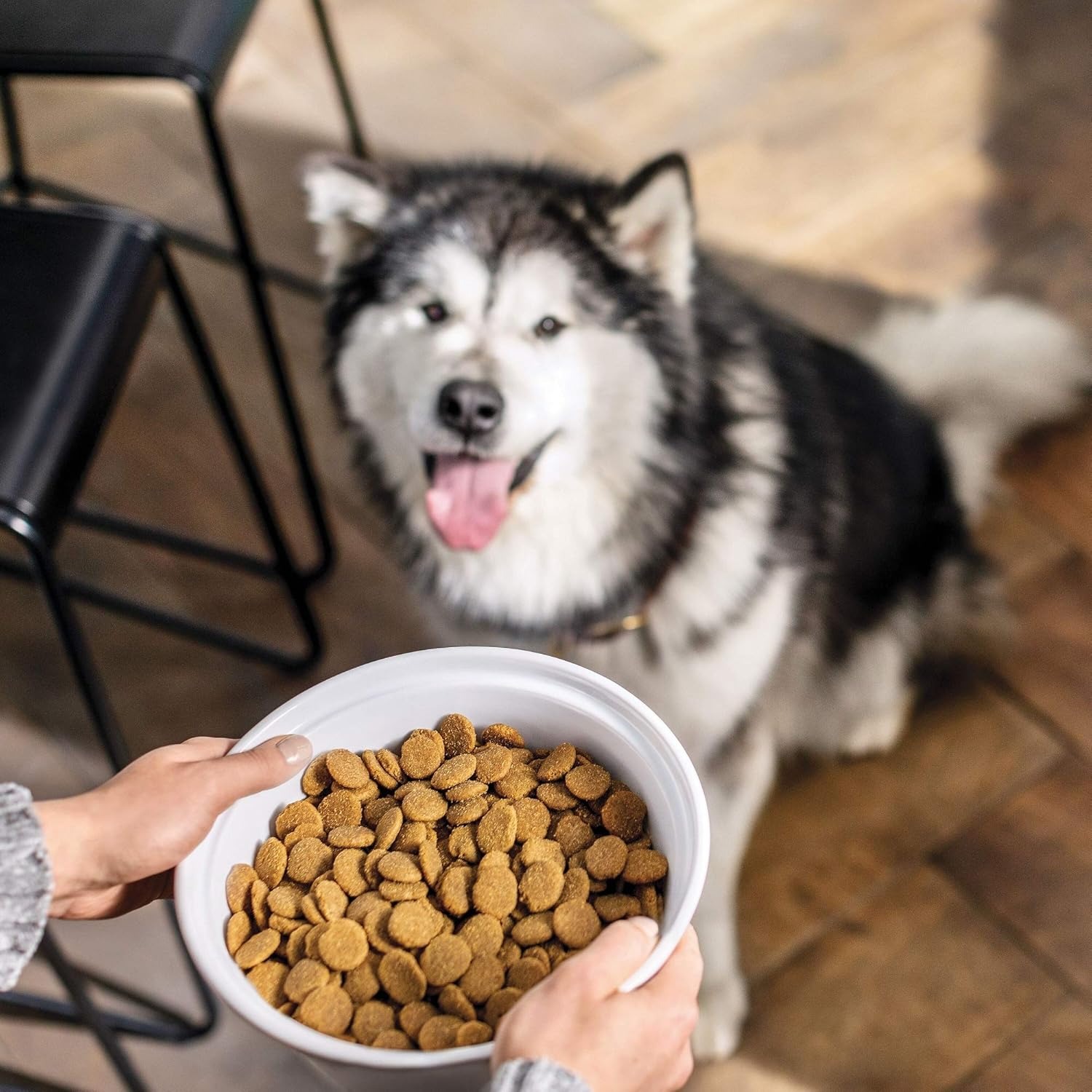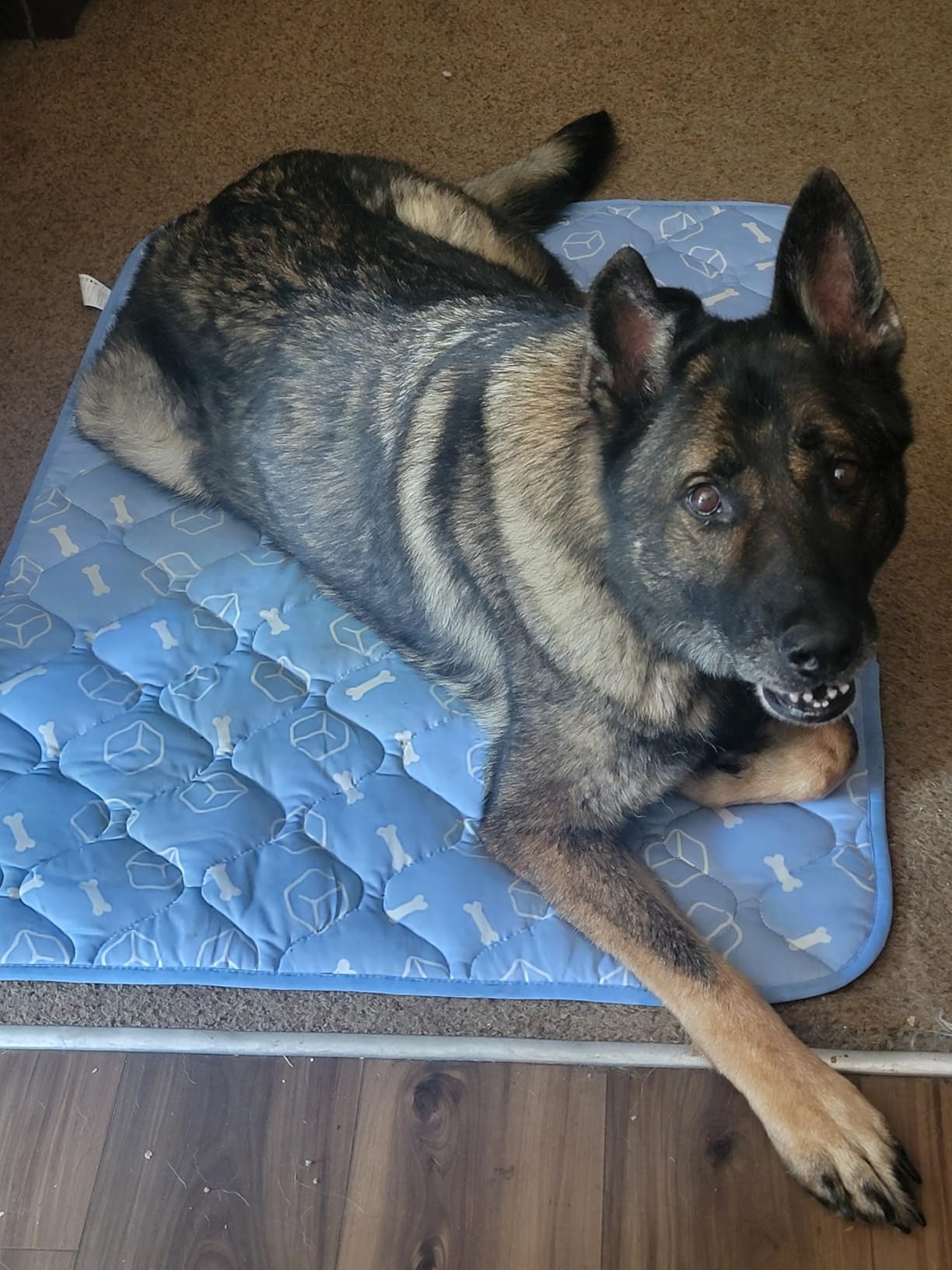Causes of Tear Stains in Dogs
Tear stains in dogs are a common issue. While many think they are purely cosmetic, they can often signal underlying issues. To address tear stain remover for dogs effectively, understanding their causes is crucial.
Health conditions often contribute to tear stains. Excessive tear production, called epiphora, can lead to staining. Blocked tear ducts prevent tears from draining properly, causing overflow. Eye infections, allergies, and irritation also trigger tear stains. Some dogs may develop tear stains due to dental issues or other facial structural anomalies.
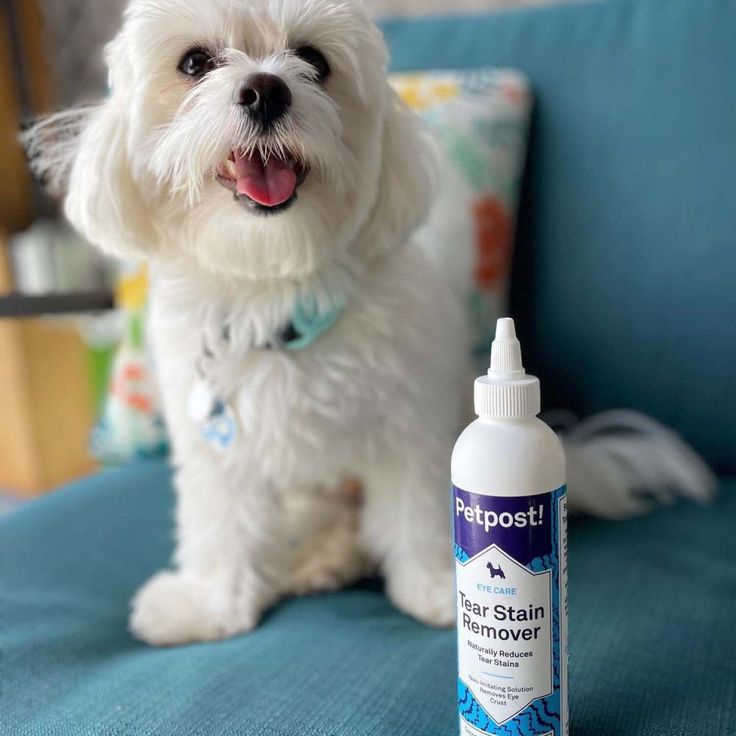
Environmental factors impacting tear stains
Your dog’s environment affects tear stains significantly. High humidity can lead to excessive tear production. Dirt, smoke, or dust may irritate your dog’s eyes, causing tears. Certain contaminants in food or water can result in staining too. Improper grooming or harsh chemicals near the eyes may worsen the issue over time.
Breed-specific predispositions
Some dog breeds are more prone to tear stains. Breeds with flat faces, like Bulldogs or Pugs, tend to have eye drainage problems. Breeds like Maltese, Shih Tzus, and Poodles have light-colored fur, where stains appear more prominently. Brachycephalic breeds also have shallow eye sockets, contributing to tear overflow and staining.
How to Identify Tear Stains
Tear stains can develop slowly, making early identification important. Knowing how to spot them helps prevent worsening conditions and underlying health issues.
Recognizing early signs
Early signs of tear stains include discoloration near the eyes. Look for reddish-brown stains around tear ducts. Your dog may show increased tear production or eye irritation. Monitor if fur near the eyes becomes moist frequently.
Examining affected areas
Carefully check the area around your dog’s eyes. Focus on the fur color and texture changes. Pay attention to any wetness or crust formation near the eyes. Observe for swelling or redness around the eye region.
Signs of underlying issues
Persistent tear stains often signal health problems. Watch for excessive tearing or eye discharge. Signs of discomfort, rubbing, or scratching near the eyes may indicate irritation. If tear staining worsens, it could point to allergies, infections, or blocked tear ducts.
Effective Tear Stain Removers
Tear stains in dogs are a frequent concern for many pet owners. Products and remedies are available to help remove and prevent them. Knowing which options are best can enhance your dog’s eye health.
Types of tear stain removal products
Several types of tear stain removers are available for dogs:
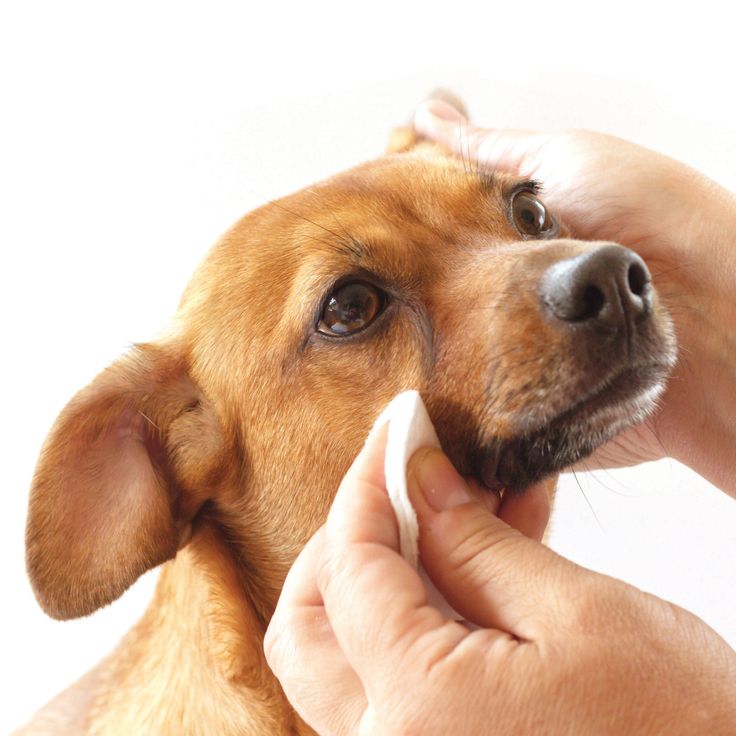
Wipes and Pads:
Wipes and pads designed for tear stains come pre-moistened with effective stain-fighting solutions, making them incredibly convenient for daily use.
Their easy-to-use format allows pet owners to quickly address stains around the eyes without hassle.
These wipes are often formulated with gentle ingredients that are safe for sensitive skin, ensuring that they do not cause irritation during cleaning.
Regular use can help maintain a clean appearance and prevent buildup around the eyes, which is particularly important for breeds prone to tear stains.
Tear Stain Powders:
Tear stain powders are specialized products that help absorb excess moisture around the eyes while preventing bacteria buildup.
These powders are typically applied to the fur in the affected areas and work to keep the skin dry, thereby reducing the risk of infections or irritations that can occur from constant wetness.
Easy to apply, tear stain powders can be integrated into a pet’s grooming routine, providing an effective solution for managing tear stains over time.
Additionally, consistent use can result in improved overall hygiene, contributing to a healthier environment for pets and their owners.
Liquid Cleansers:
Liquid cleansers formulated specifically for pets are gentle solutions that aid in cleaning stains while soothing irritated skin.
These cleansers often contain natural ingredients that are safe for pets, allowing owners to effectively remove tear stains without harsh chemicals.
By using these cleansers, pet owners can not only address visible stains but also ensure the area around the eyes remains healthy and irritation-free.
Applying liquid cleansers requires minimal effort, making them an excellent choice for regular grooming and maintenance.
Shampoos:
Specially formulated shampoos for pets can effectively remove tear stains from their fur while also keeping their overall coat clean and healthy.
These shampoos are designed to handle tough stains specifically caused by tears and may include ingredients aimed at breaking down discoloration without drying out the skin.
Regular bathing with these shampoos can help prevent the formation of new stains as well, promoting long-term cleanliness in pets that are prone to tear staining.
Additionally, a good washing routine with the right shampoo can enhance the pet’s coat appearance, ensuring they look their best while also feeling clean and fresh.
Choose a product based on your dog’s needs, skin sensitivity, and severity of tear stains.
Benefits of natural remedies
Natural remedies for tear stains are safe and effective. They avoid harsh chemicals which may irritate your dog’s skin or eyes. Key benefits include:
- Gentle on Sensitive Skin: Ingredients like chamomile and coconut oil work softly.
- Non-toxic: Eliminates the risk of harming your dog if ingested.
- Supports Overall Health: Remedies like apple cider vinegar or dietary adjustments can improve tear stain issues internally.
- Affordable: Many natural remedies are cost-effective and accessible at home.
Natural tear stain removers may take longer to show results but are safer for long-term use.
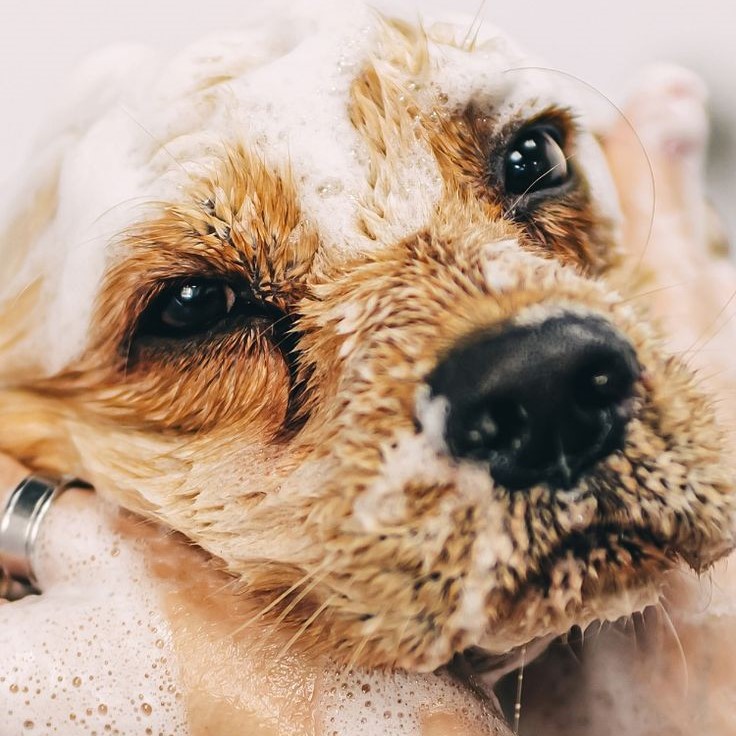
Comparison of top-rated commercial removers
Here is a quick comparison of leading commercial tear stain removers for dogs:
- Product Name A: Highly effective, chemical-free, and suitable for all breeds.
- Product Name B: Targets tough stains but contains stronger chemicals—better for occasional use.
- Product Name C: Affordable option with all-natural ingredients; slower but consistent results.
Reading product reviews and consulting your veterinarian can help you choose the best solution for your furry friend.
How to Prevent Tear Stains in Dogs
Prevention is key to managing tear stains in dogs. Small lifestyle changes can make a big difference. Focus on proper diet, grooming, and environmental care to keep your dog’s eyes healthy.
Importance of diet and hydration
A balanced diet plays a crucial role in preventing tear stains. Feed your dog high-quality, grain-free food to reduce allergens. Avoid artificial additives and preservatives that may trigger staining.
Adequate hydration is equally essential. Always offer clean and filtered water. Minerals in unfiltered water can cause discoloration near your dog’s eyes. Monitor your dog’s hydration levels to ensure optimal eye health.
Regular grooming and hygiene practices
Good grooming habits help prevent tear stains. Clean your dog’s face daily with a damp, soft cloth. Focus on areas around the eyes to remove moisture and debris.
Trim fur near the eyes regularly to avoid irritation. Use products designed for sensitive skin to clean the face gently. Avoid using harsh chemicals or shampoos near your dog’s eyes.
Environmental adjustments to reduce risk
Create a clean, tear-free environment for your dog. Minimize exposure to irritants like dust, smoke, or harsh chemicals. If possible, use an air purifier to ensure cleaner air in your dog’s living space.
Reduce humidity in your home when needed. Damp environments can increase tear production. Maintain cleanliness in your dog’s bedding and play areas to prevent exposure to bacteria or allergens.
DIY Remedies for Tear Stains
DIY remedies can be effective for managing your tear stain remover for dogs. They are cost-efficient, easy to prepare, and often safer than chemical-based solutions. However, it’s important to use safe methods to protect your dog’s sensitive skin and eyes.
Safe home solutions for tear stain removal
Several safe home remedies can help reduce tear stains effectively:
- Apple Cider Vinegar: Adding a small amount to your dog’s water can balance pH and reduce staining. Ensure it is heavily diluted to prevent harm.
- Coconut Oil: Apply a thin layer around the eyes. It has antibacterial properties and moisturizes the skin.
- Chamomile Tea: Use cooled chamomile tea to gently clean the stained areas. Its soothing effects reduce irritation.
- Hydrogen Peroxide Mixture: Mix a very diluted solution and dab it on stains using a cotton pad. Avoid direct contact with eyes.
- Cornstarch Paste: Combine cornstarch with water to create a paste. Apply this to the stained fur and rinse gently.
Choose the remedy based on your dog’s sensitivity and consult a vet for advice if unsure.
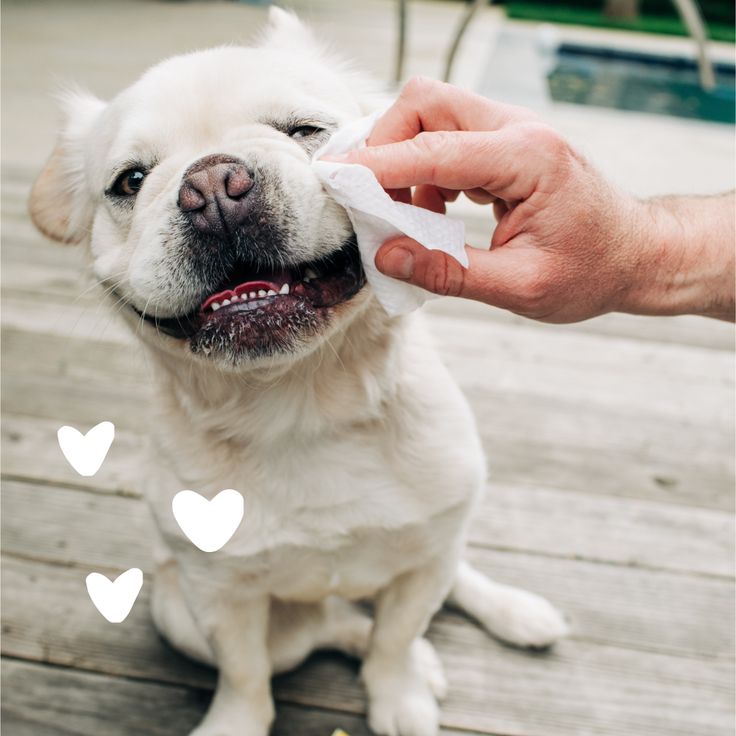
Step-by-step process for DIY treatments
Follow these simple steps to apply homemade remedies safely:
- Choose a Remedy: Select the appropriate solution suitable for your dog’s skin and condition.
- Prepare Materials: Gather the necessary ingredients and tools like cotton pads and bowls.
- Clean the Area: Gently wipe around your dog’s eyes with a damp cloth to remove debris.
- Apply Remedy: Use the selected solution as directed, ensuring it doesn’t touch the eyes.
- Wait and Rinse: Let the remedy sit briefly if required. Carefully rinse and dry the area afterward.
- Repeat: Repeat the process daily to see gradual improvements.
Consistency matters; applying remedies regularly can yield better results over time.
Precautions when using homemade remedies
Homemade remedies come with risks if not applied correctly. Follow these precautions:
- Avoid Direct Contact with Eyes: Never let the solution enter your dog’s eyes to prevent irritation.
- Test for Allergies: Apply a small amount on a different part of your dog’s skin before full application.
- Monitor for Reactions: Watch for signs of discomfort, redness, or itching after use.
- Use Fresh Ingredients: Always use fresh and clean materials to prevent contamination.
- Vet Consultation: If tear stains persist, consult a veterinarian to rule out underlying issues.
Homemade remedies are effective but require careful handling. Your dog’s safety should always be the first priority.
When to Consult a Veterinarian
While many tear stain issues can be managed at home, some situations require veterinary care. Persistent or severe tear stains could indicate underlying health problems that need professional attention. Knowing when to seek a vet’s help is essential.
Persistent tear stains needing medical attention
If tear stains persist despite using remedies and proper care, consult a veterinarian. Consistently worsening stains can signal chronic health issues that at-home treatments cannot resolve. A vet can assess your dog’s overall health and pinpoint causal factors like infections, allergies, or blocked tear ducts.
Identifying signs of infection or allergies
Redness, swelling, or foul-smelling discharge around the eyes should not be ignored. These symptoms often indicate underlying infections or allergic reactions that require prompt treatment. Additionally, constant scratching or head shaking may suggest discomfort tied to allergies or irritation.
Collaborating with a vet for effective management
Your veterinarian can recommend specialized tear stain removers designed for medical conditions. They may also conduct diagnostics, such as eye tests or allergy screenings, to identify specific issues. A vet-prescribed treatment plan ensures targeted care, improving not just tear stains but your dog’s overall well-being.
Tips for Maintaining Your Dog’s Eye Health
Keeping your dog’s eyes healthy requires regular care and monitoring. Proactive steps can help prevent issues and ensure overall eye well-being.
Importance of Routine Check-Ups
Routine check-ups are vital for maintaining healthy eyes. Your vet can identify early signs of problems.
Regular eye exams help uncover allergies, infections, or tear duct issues. It ensures timely treatment to avoid complications.
Check-ups also guide you on preventive care tailored to your dog’s breed and health needs.
Daily Care for Healthy Eyes
Daily care helps keep your dog’s eyes clean and irritation-free. Wipe gently with a damp cloth to remove debris.
Trim fur around the eyes regularly to reduce irritation. Avoid letting hair block your dog’s vision.
Inspect your dog’s eyes for redness, swelling, or unusual discharge. Catch problems early before they worsen.
Products to Support Eye Health
Using the right tear stain remover for dogs can strengthen your dog’s eye health. Specialized eye wipes remove dirt and reduce tear staining.
Tear stain removers can prevent buildup when used as directed. Choose chemical-free options for sensitive eyes.
Eye health supplements improve tear quality and reduce dryness. Consult your vet for specific recommendations.
Maintaining your dog’s eye health is a combination of care, attention, and suitable products. Focus on prevention and regular care to ensure your furry friend’s happiness and comfort.

Conclusion
The tear stain remover for dogs is more than just a cosmetic product—it’s a vital part of your pet’s health and well-being. From reducing unsightly stains to promoting better eye health, this tool plays a key role in keeping your dog comfortable and happy.
Whether you choose a natural formula, a chemical-based solution, or a combination of both, the goal is to provide your dog with the best possible care. Regular use of a tear stain remover for dogs can help prevent infections, reduce irritation, and improve your pet’s overall appearance.
In addition to using the right product, it’s also important to maintain good hygiene, monitor your dog’s eye health, and consider dietary factors that may contribute to tear stains. By taking a holistic approach, you can ensure that your dog stays healthy and looks their best.
With the right care and attention, your dog can enjoy a life free from uncomfortable tear stains. So don’t hesitate—start using a tear stain remover for dogs today and give your pet the care they deserve.

